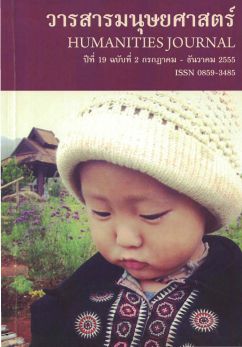Persuasive Linguistic Devices in Travel Magazine
Main Article Content
Abstract
The main objective of this study is to investigate figurative and nonfigurative
devices used as persuasion in travel magazines. Data were collected from four travel magazines, namely Lonely Planet, Condé Nast Traveller, National Geographic Traveler, and Travel + Leisure. The theories of persuasive writing involving figurative and non-figurative devices mainly suggested by Reinking, Hart, and Osten (1993); Douglas et al. (2001); Burns et al. (2006); Djafarova and Andersen (2007); Pilbeam, Kerr, and Naudé (2008); and George (2010) were used to investigate the data. The sentences in the headlines, body stories, and captions from eight travel articles were examined to find the persuasive devices.
The findings showed that there were three types of figurative devices frequently used in the travel magazines: personifications, metaphors, and similes respectively. Comparison is the main strategy of these three figurative devices to describe places; personifications use human attributes whereas metaphors and similes use familiar things to compare with characteristics of places. These figurative devices are effective devices of persuasion because they give clear images of places and their comparisons do not lessen the credibility of the sources.
In the category of non-figurative devices, there were four types frequently used in the travel magazines: positive adjectives, second person pronouns, imperative sentences, and descriptions. Positive adjectives and descriptions use the strategy of presenting appealing images of places in terms of the five senses. Second person pronouns and imperative sentences use the strategy of addressing the readers directly. These four non-figurative devices are effective means of persuasion because they create motivation for travel.

